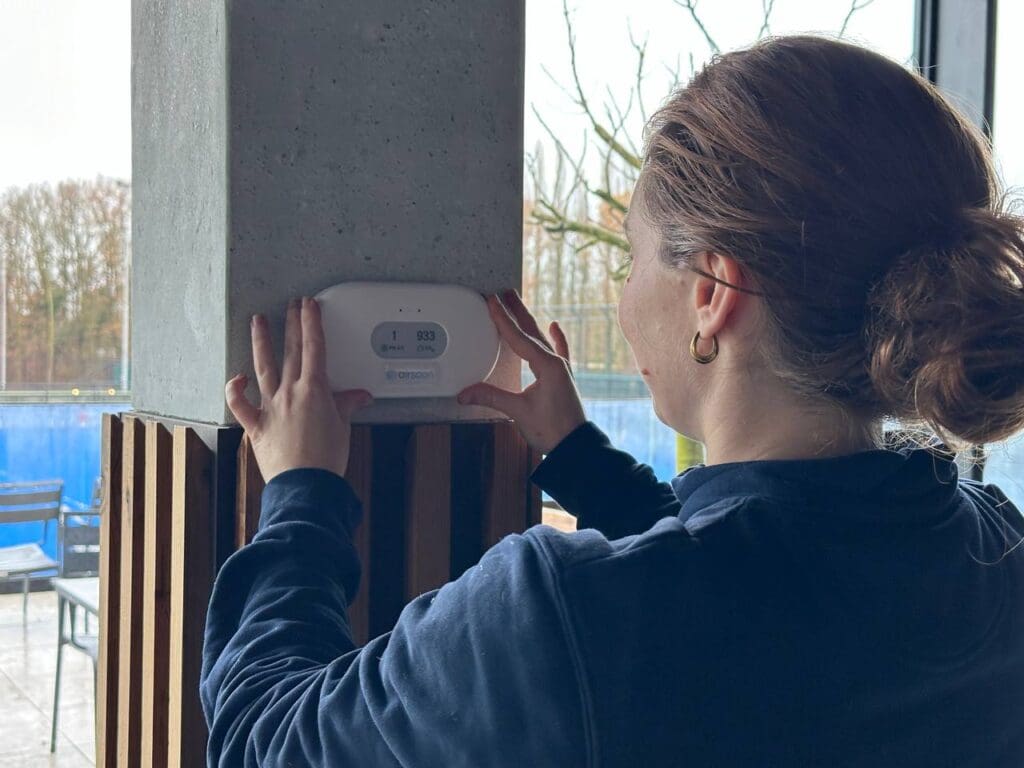After much anticipation, BREEAM Version 7 is here—ushering in a major evolution in sustainable building certification. This isn’t just a minor update; it’s a full-scale reworking designed to better align with EU sustainability policies and the latest industry practices.
Version 7 introduces stronger standards for building performance, deepens the focus on health and wellbeing, and enhances coherence across the BREEAM family of tools. Below are the seven key takeaways from the new BREEAM Version 7 framework.
1. Greater Alignment with Global and EU Standards
- Updated Criteria for Excellence: Achieving ‘Excellent’ and ‘Outstanding’ ratings now requires more rigorous attention to operational and embodied carbon, lighting, and daylighting.
- EU Taxonomy Compliance: The revised standards directly align with the EU Taxonomy for Sustainable Activities and associated technical screening criteria, facilitating access to green finance under the EU’s Sustainable Finance Disclosure Regulation (SFDR).
2. Health, Wellbeing & Comfort Reimagined
- Natural Light (Hea 01): Daylighting requirements now rely on illuminance levels based on real-world weather data. Advanced methods such as Daylight Glare Probability and Annual Sunlight Exposure are encouraged, especially for residential and healthcare projects.
- Artificial Light (Hea 02): Internal and external lighting must now offer zoned controls and occupant customization, with new credits rewarding smart lighting systems.
- Non-Visual Effects of Light (Hea 03): A new credit supports lighting that promotes healthy circadian rhythms, underlining the link between light exposure and wellbeing.
- Indoor Air Quality (Hea 04): Stricter emission controls and smoking bans are introduced, with compliance aligned to the EU Taxonomy’s Do No Significant Harm (DNSH) criteria.
- Acoustic Performance (Hea 06): Indoor noise and sound insulation are now assessed independently, offering a more detailed view of acoustic quality.
3. Energy & Carbon: From Metrics to Outcomes
- Energy & Carbon Performance (Ene 01): Emphasizes actual performance over design intent, with flexible compliance methods and new outputs supporting EU Taxonomy disclosures and energy efficiency targets under the EU Energy Performance of Buildings Directive (EPBD).
- Operational Energy & Carbon Forecasting (Ene 02): New credits reward third-party verification of energy modeling, with methodologies aligned with BREEAM In-Use and international standards such as ISO 52000.
- Low Carbon Design (Ene 04): Focuses on optimizing building form and integrating low-carbon technologies, supporting the EU’s Fit for 55 and Renovation Wave objectives.
- Energy-Efficient Equipment (Ene 05): Credits now tied to the share of efficient equipment used, incentivizing better product choices in line with the EU Ecodesign Directive.
- Flexible Demand Response (Ene 07): Encourages the integration of smart systems that manage demand in response to grid conditions, supporting EU electricity market reforms and energy flexibility goals.
- Installed Controls (Ene 08): Promotes efficient operation of HVAC systems, further aligning with EU Energy Efficiency Directive (EED) principles.
BREEAM in number in 2025
1 028 000+
2 959 000+
4. Carbon & Materials: Deeper Integration of Life Cycle Thinking
- Life Cycle Assessment (Mat 01): Fully restructured to require LCA at concept, technical, and as-built stages, with credits tied to embodied carbon performance benchmarks. These align with EU carbon reporting requirements and Level(s), the EU framework for sustainable buildings.
- Construction Waste Management (Wst 01): Updated to support pre-demolition audits, circular economy principles, and landfill diversion—aligned with the EU Circular Economy Action Plan and Waste Framework Directive.
5. Water: Smarter, Simpler, and More Accurate
- Water Consumption (Wat 01): The calculator has been simplified, with benchmarks based on actual water use and recognition of non-potable water systems.
- Operational Water Use Prediction (Wat 05): A new credit rewards accurate forecasting of consumption based on actual occupancy, with exemplary credits for performance measurement post-occupancy—aligning with EU water efficiency guidelines.
6. Sustainable Sites, Ecology & Pollution
- Sustainable Site Selection (LUE 01): Encourages responsible site choice using ISO 18400 for soil quality and supports EU goals around land use efficiency and brownfield redevelopment.
- Ecological Enhancement (LUE 04): While aligning with England’s Biodiversity Net Gain law in the original scheme, this can be interpreted more broadly for EU projects to meet or exceed the EU Biodiversity Strategy for 2030 and national ecological compensation frameworks.
- Transport Criteria Streamlining: Less impactful credits have been removed to streamline focus on reducing emissions from mobility, in line with the EU Urban Mobility Framework.
- Refrigerants (Pol 01): All refrigerants must now have zero ozone depletion potential, and lower global warming potentials (<1000 kgCO₂e/kW) are required for top-tier certifications—aligning with EU F-Gas Regulation.
- Local Air Quality (Pol 02): Incentivizes fossil fuel-free building operations, supporting the EU Clean Air Strategy and low-emission building standards.
- Surface Water Run-Off (Pol 03): New methodologies harmonise with climate resilience standards and flood risk adaptation approaches under the EU Climate Adaptation Strategy.
7. Coherence Across the BREEAM Suite
Previous fragmentation between BREEAM New Construction, Refurbishment, and In-Use schemes often led to inconsistencies. Version 7 now provides a more integrated, lifecycle-focused approach, aligning tools for different building stages.
Key improvements:
- Unified Prioritisation: Country-specific weightings now reflect local EU priorities—e.g., increasing the weight of embodied carbon and health metrics.
- Retirement of ‘Simple Buildings’ Pathway: Replaced with a flexible model that assesses buildings based on actual scope of works, allowing a fairer, more relevant approach.
- Better ESG Integration: Version 7 better supports EU-aligned ESG strategies, including the EU Sustainable Finance Disclosure Regulation (SFDR) and EU Corporate Sustainability Reporting Directive (CSRD).
In Summary
BREEAM Version 7 marks a critical turning point for sustainable building in Europe. It offers deeper alignment with EU policies, enhances technical robustness, and better supports lifecycle carbon and health performance.
With the EU Taxonomy now influencing both regulation and capital flows, and initiatives like the Level(s) framework shaping sustainable construction practices, BREEAM Version 7 arrives at a pivotal time. We now await the upcoming Refurbishment and Fit-Out Version 7 schemes, which will further reinforce these principles.
As the industry gears up for a more climate-resilient built environment, and with the EU’s 2030 and 2050 climate targets firmly in sight, BREEAM Version 7 provides the strategic and practical tools to lead the transition.



